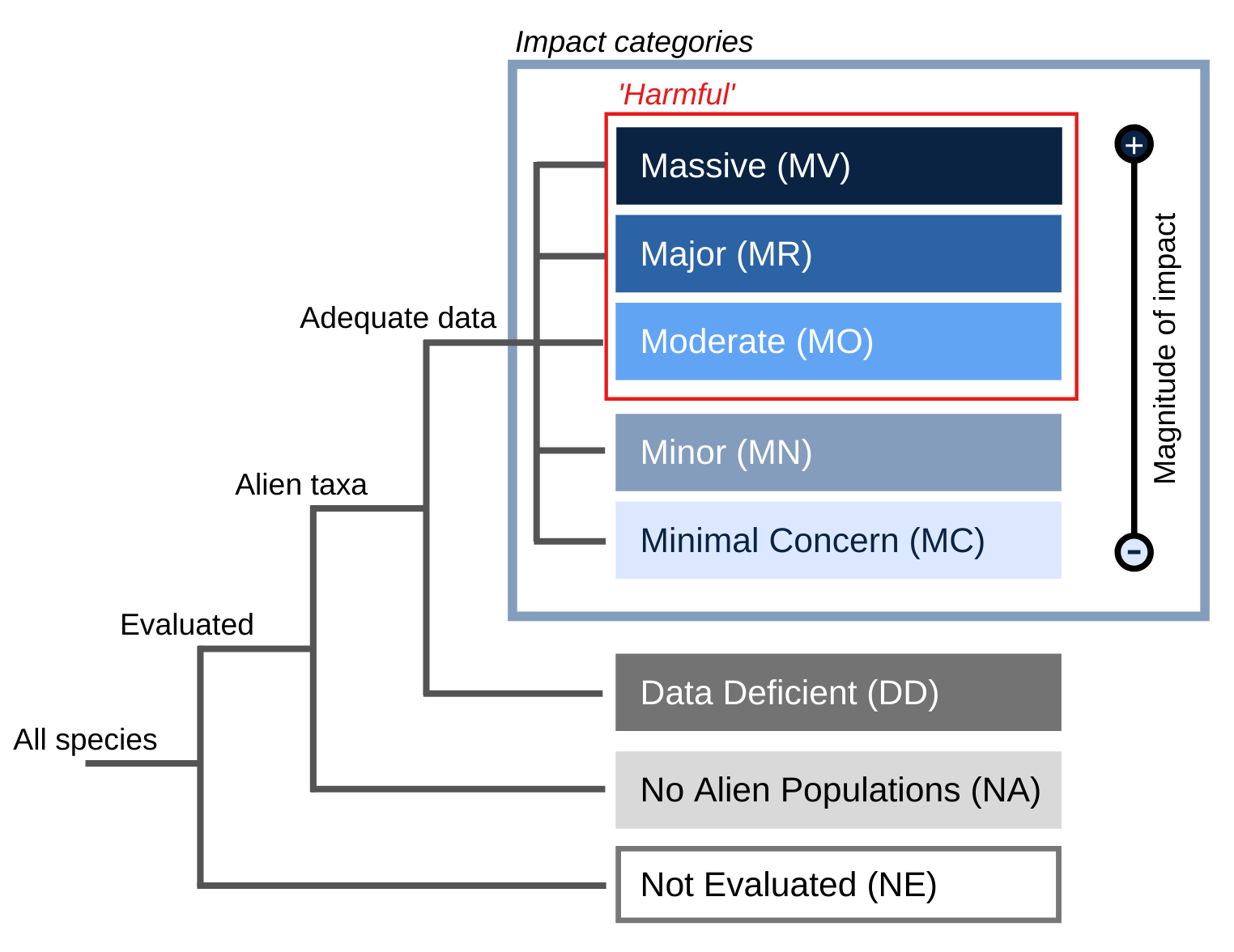- General
- Distribution
- Impact
- Management
- Bibliography
- Contact
Principal source: Starr et al.. 2003. Melastoma candidum. United States Geological Survey.
PIER 2006 Melastoma candidum
Compiler: National Biological Information Infrastructure (NBII) & IUCN/SSC Invasive Species Specialist Group (ISSG)
Review: Forest Starr and Kim Starr, Botanical Research Associates United States Geological Survey Biological Resources Division Makawao, Maui, Hawaii USA
Publication date: 2006-12-06
Recommended citation: Global Invasive Species Database (2025) Species profile: Melastoma candidum. Downloaded from http://www.iucngisd.org/gisd/species.php?sc=1053 on 22-12-2025.
Chemical: Asian melastome is \"sensitive to hormone type herbicides 2,4-D, dicamba and triclopyr at 1 lb/acre, and to metsulfuron at 0.45 oz/acre. It is sensitive to basal bark and stump bark applications of 2,4-D and triclopyr at 4% in diesel.\" (Motooka et al., 2002).
Cut at the base of the plant and treat with a herbicide. Cut material should be disposed off properly.
Ester formulations of triclopyr may be mixed in oil at 20% concentration or more and applied as in horizontal or vertical streaks on the basal bark to kill stumps (Motooka et al., 2002). These methods will cause less effects on native species that coexist with the target (Starr et al. 2003).
Soluble herbicide triclopyr can be drizzled over weeds at the appropriate concentration. However it is uncertain whether foliar spray applications would work, and this would have the most non-target effects and may be unsitely in a garden situation (Starr et al. 2003).
Biological: Several moth species (Lepidoptera) have been introduced as biological control agents for M. candidum in Hawaii (Teramoto and Heu 2000 in Starr et al. 2003).
Physical: Small, cultivated specimens can be pulled up by hand (Starr et al. 2003).
Preventative measures: All species in the genus Melastoma are listed as Hawaii state noxious weeds, making it illegal to possess, sell, and propagate them in Hawaii. The public could be discouraged from using any plants in the family Melastomataceae. The public could also be discouraged from planting hapu'u ferns (Cibotium spp.) or use hapu'u mulch that is harvested from the wild forests of Hawaii as they often harbor noxious weed species such as Melastoma spp. (Starr et al. 2003).







